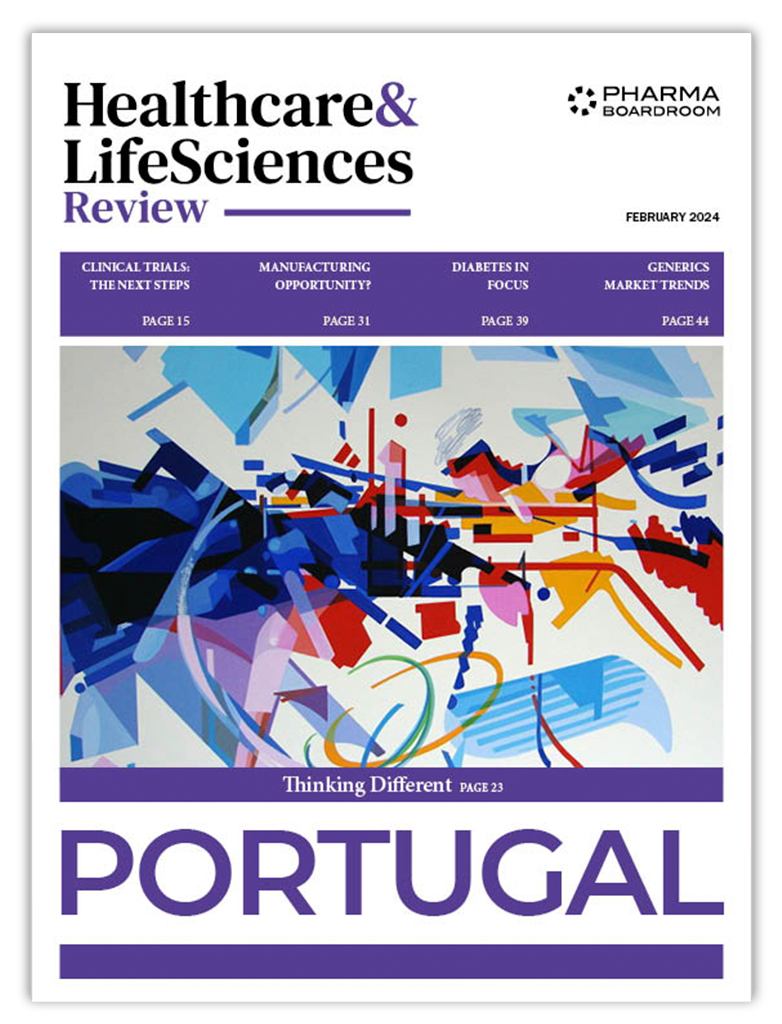Promega is a truly global company with a vast international presence. What would you say is the strategic importance that the Benelux affiliate has assumed within Promega’s global network?
Promega Benelux is actually the first branch office that was established outside of the US, so the company’s experience in bringing Promega’s products into the market is significant. We are operating in a highly competitive environment where most of our competitors are directly represented in the Benelux area. The Benelux are very often chosen as first entrance point into Europe for non-European companies seeking expansion. The close proximities between the many research cites and the very efficient distribution systems make the Benelux ideal to build first momentum and to expand into other European markets. So back to your question, over the past 26 years we have grown our presence by being creative and always trying to be a step ahead.
Promega Benelux has constantly explored new ideas some of which have been adopted later on by other Promega branches and also headquarters. The Benelux office is able to execute plans very quickly because of our in-house expertise and the small geographical area that we cover. What helps us a lot is that the Dutch and Belgian community have quite a liberal mentality which facilitates exploring new ideas.
It is quite a special accolade to be the first affiliate established outside of the US. From Madison, Wisconsin to Leiden in the Netherlands – what made this affiliate the first?
Leiden was chosen as the first office abroad because Promega’s founder and CEO Bill Linton had a good relationship with the University of Leiden. He worked with one of the university professors to produce some of the enzymes that still exist today in our catalog. The office was therefore established as a logical next step of Linton’s work and connections in Leiden. If you add to this the fact that The Netherlands are a trading and logistics nation. Than it all makes perfect sense to setting up the office in the Netherlands, and from that point growing into Europe.
Promega’s entrance in the Netherlands in the mid-1980s coincided with the launch and development of the biotechnology industry in the Netherlands. Essentially, the history of both biotech and Promega in the Netherlands are closely linked. What role has Promega played in the development of the Dutch biotech sector?
In the beginning Promega was one of the very few companies providing basic research tools to the Dutch life science research community, quickly followed by many innovations that speed up the research processes. Even today many of our innovations are targeted to getting better results faster. Several of our products we offer today have been on the market since we were founded and these are still being routinely used in many laboratories. Promega has many strengths but I’d like to highlight 2 of these. First, the quality of our research and development (R&D) teams are exceptionally good, which shows from the introduction of new technologies and innovative products. Second, our production capabilities which are outstanding. We are able to timely produce whatever our customers would like, under the quality conditions they want for a fair price. Our catalog is just a selection of examples of what we can supply. Promega employs highly experienced scientists and operates in state-of-the-art production facilities. Consequently, several Pharma/Biotech companies utilize our productions capabilities to bring their inventions to a next level for testing or even to market. This, I believe, is how Promega differentiates itself.
What role does Promega play in the innovation process? Is Promega more reactive to market demands or do you work early on with customers to address their needs?
In a way, Promega rides on both horses. On one hand, Promega listens to the market and tries to be responsive to the needs of the demands that are being expressed. On the other hand, Promega tries to be ahead by exploring new routes that lead to new technologies and innovative products. Market surveys show that Promega gets high scores for being innovative. One example is our luciferase technology, this has become a platform from which many innovative products have been derived over the past decade and even today this technology is still an important basis for new product development. Products based on the luciferase technology are being used in many different market segments from basic research to high-throughput screening and from hygiene testing to molecular diagnostics. Our latest new platform is called “HaloTaq” which will be the basis for many new innovative products in the proteomics area. We expect the same proliferation and widespread usage of our HaloTaq technology as we saw with luciferase.
While Promega’s technologies are scientifically innovative, the customers making the actual purchasing decisions are very likely thinking on business terms. How do you go about translating the science into a business?
First, we overcome this challenge in the way we market our products and deliver an intelligent message to the customers. Promega’s marketing campaigns strive to be as close as possible to the customer by adapting to their language. Our message is short and clear and with a personal touch where possible because in the end who ever decides on buying our products is a consumer and therefore will act accordingly.
Second, a group of leading scientists tests our products before they hit the market. We play a very close game with the customers to make sure we supply what they really need.
Third, the translation of Promega’s research into commercial success is done at the branch level. We have stopped most printing of marketing and product information but made these available in a digital format, on-line. This is how communication is done today and Promega has adapted its activities accordingly. This way we can very quickly inform our customers about new products and developments. This no-printing fits perfectly well in our activities of being a sustainable organization.
The new government has targeted life sciences as a key area within the economy that they would like to develop. Research initiatives and alliances will grow the industry and shape a new business dynamic. What types of synergies and new business opportunities can Promega establish from a strengthening life sciences cluster?
Promega can for sure be a valuable partner for the industry. Our technology platforms and production capabilities provide a wealth of opportunities and flexibility to supply on-demand solutions.
Promega Benelux leans on a very rich history – both commercially and culturally – as well as innovative technology that positions it very favorably for the future. Combining the two, where do you see this affiliate in 5-7 years?
We will certainly grow in size and volume. As a matter of fact, our number of employees has grown the past year by 25% and we expect to further grow the organization in 2011. Together with new product developments this will strengthen our position of being a leader in providing innovative tools for life science research.
Promega is a private organization and has the luxury of thinking and planning for the long-term. Our investing strategies rely uniquely on us. As such, most of our profits are reinvested back in the company.
As the head of the subsidiary and the longest serving person at Promega Benelux, to what extent has your personal philosophy shaped the company here?
I am a sales-oriented person and I like to work with my team of creative individuals to think of new ways, explore controversial ideas and develop new concepts and to test and execute these in the Benelux market. A company that offers innovative solutions should also be innovative in the way it brings these solutions to market. This is a typical strength of the Benelux branch.
What would be your final message to our readers about the competencies, capabilities, and ambitions of Promega Benelux?
Many people already know that we are a flexible, reliable, and innovative organization that is open to listen to the needs of the market. We are able to respond to these needs in a quick and appropriate way. We meet demand on both the qualitative and quantitative levels. My message to the industry is: “try us!”







